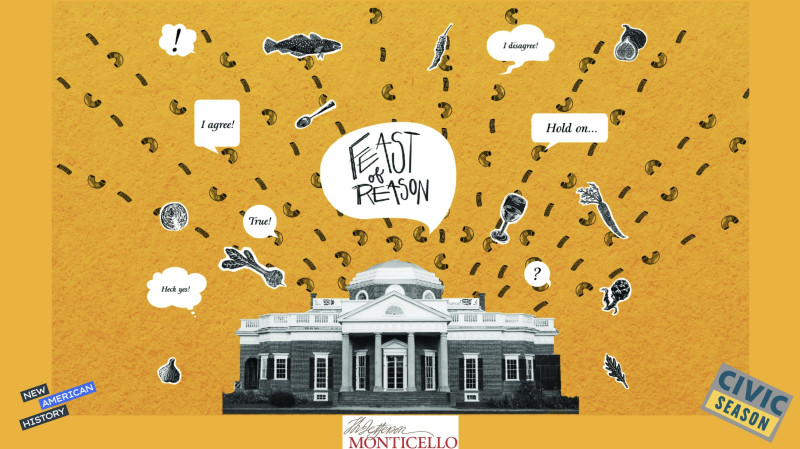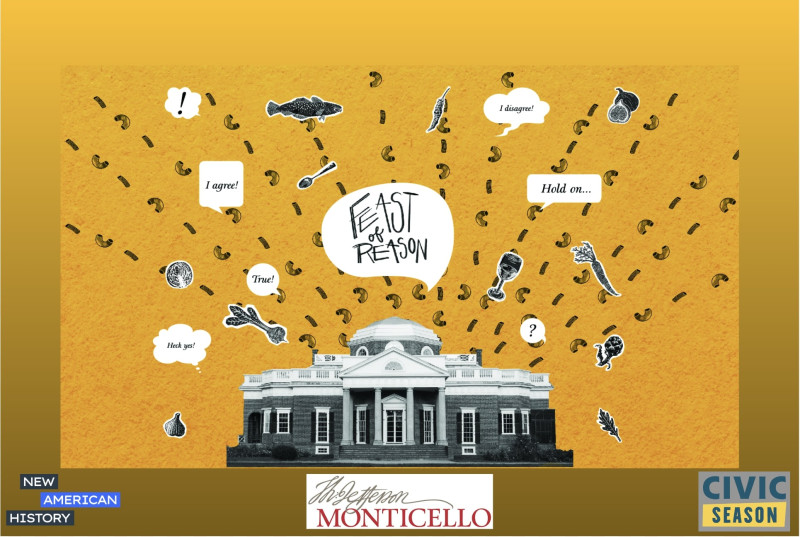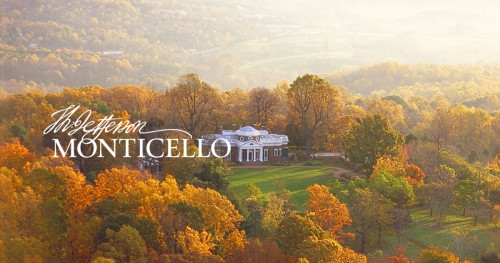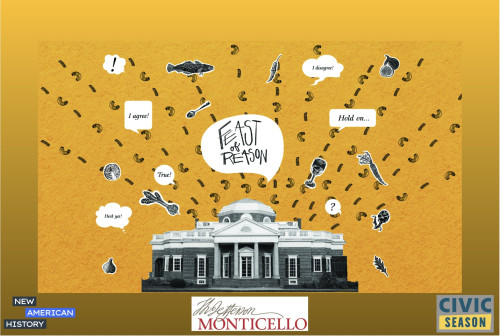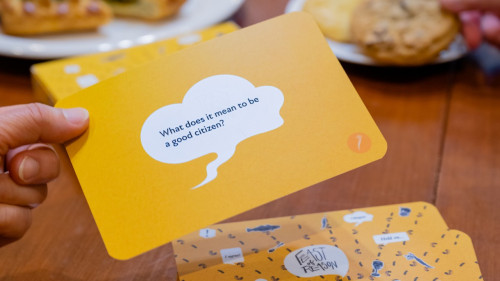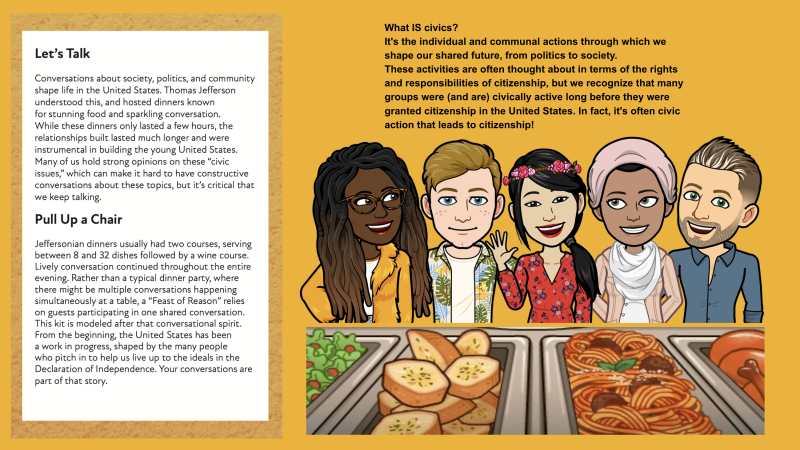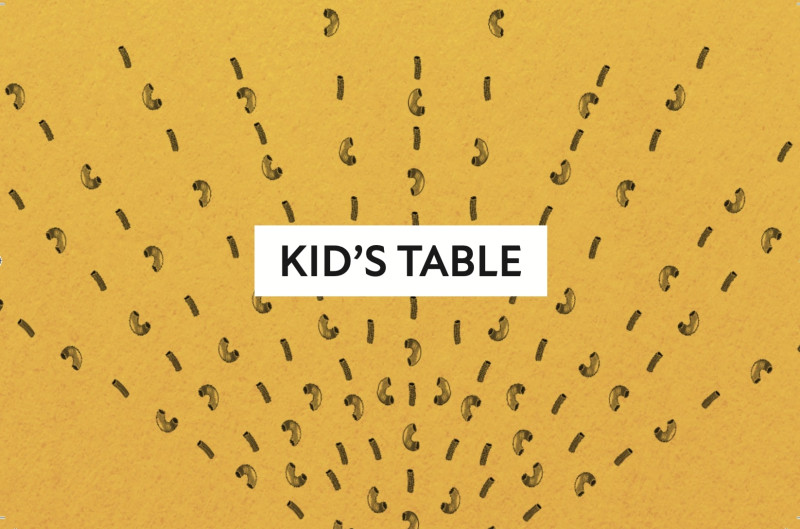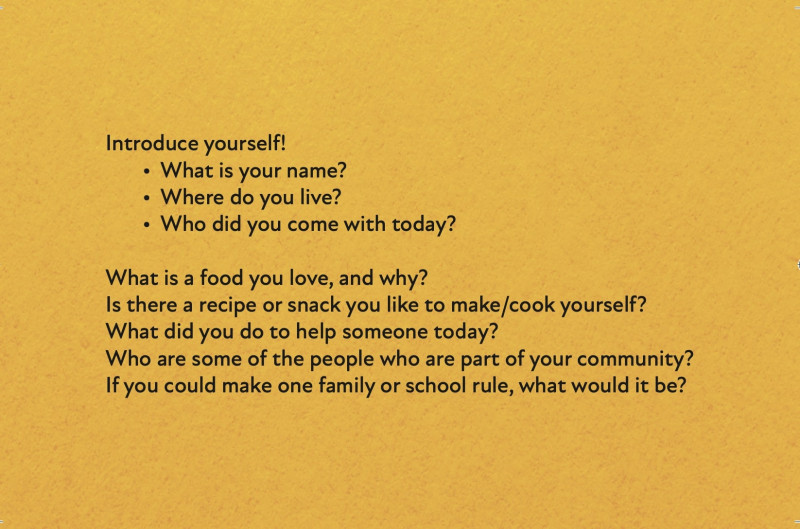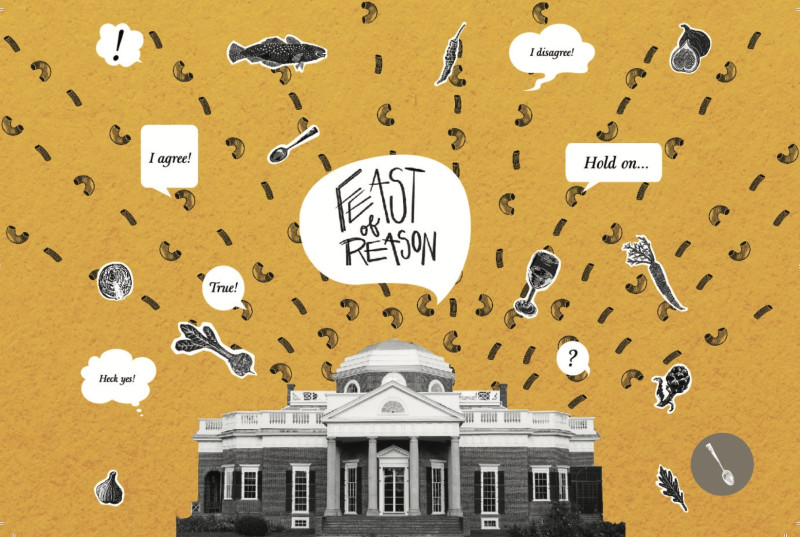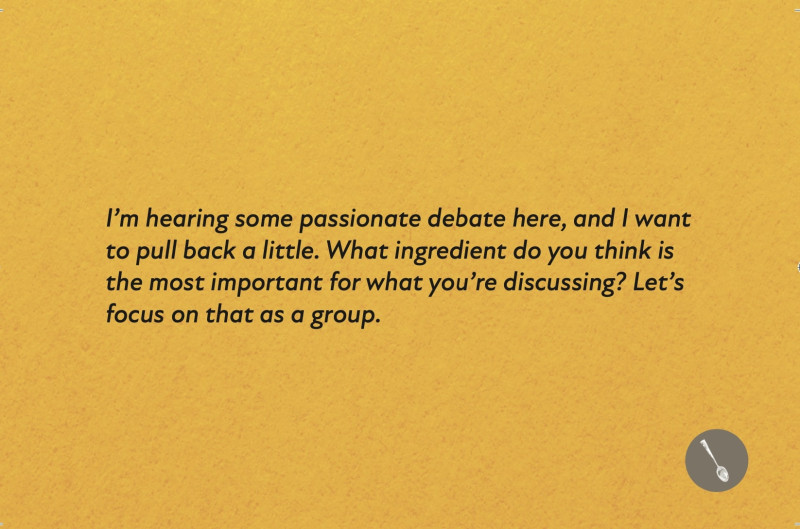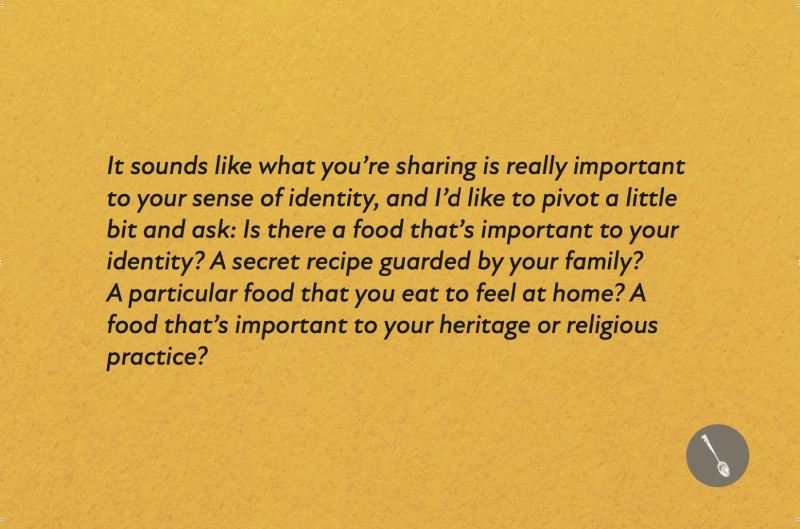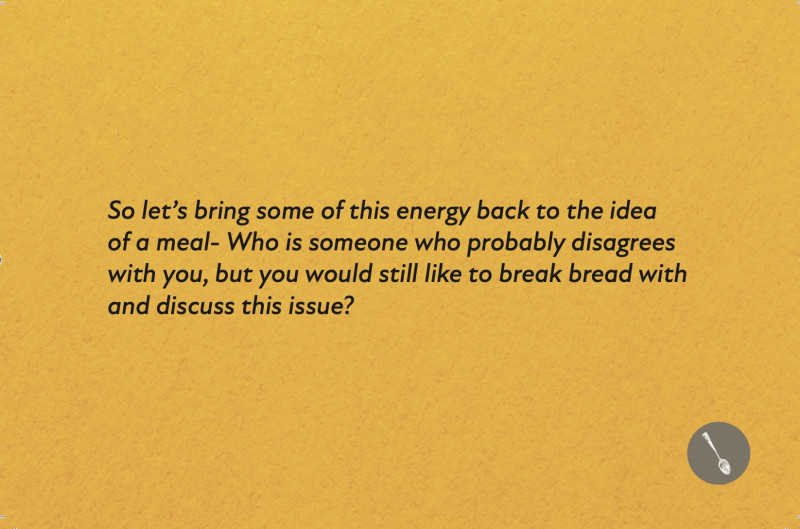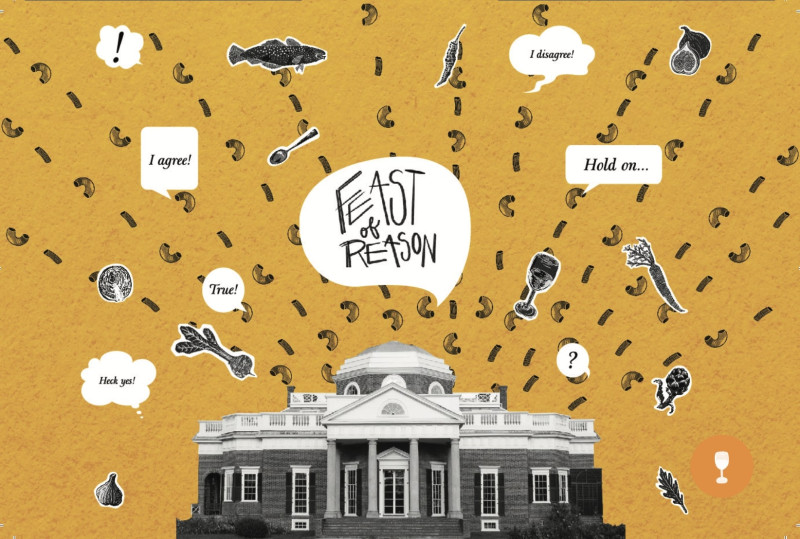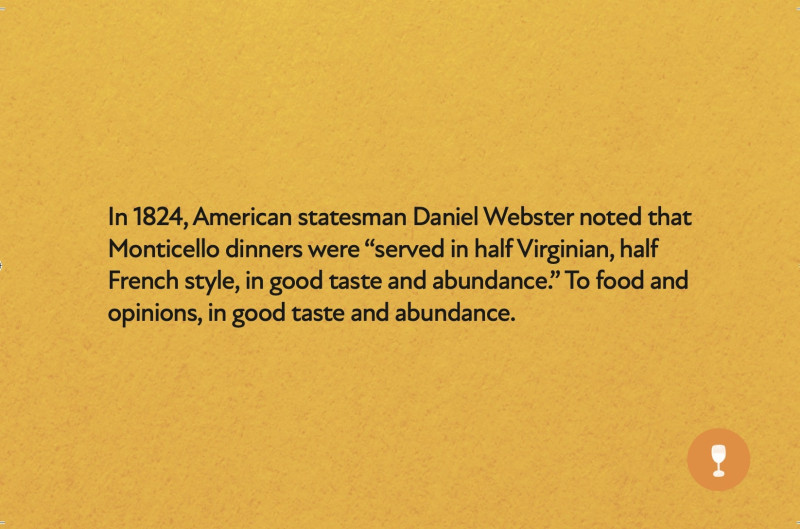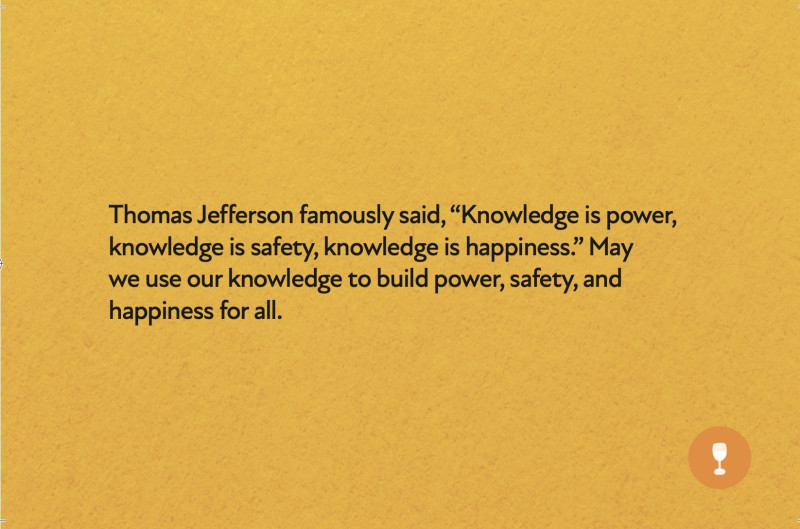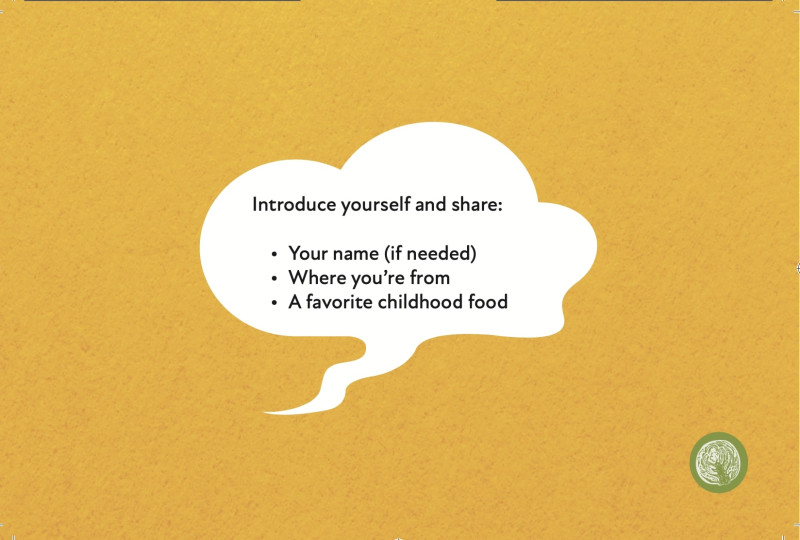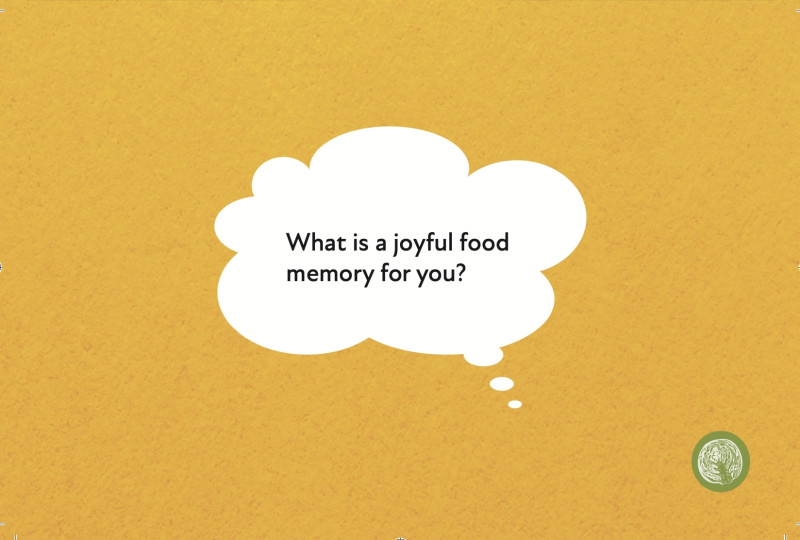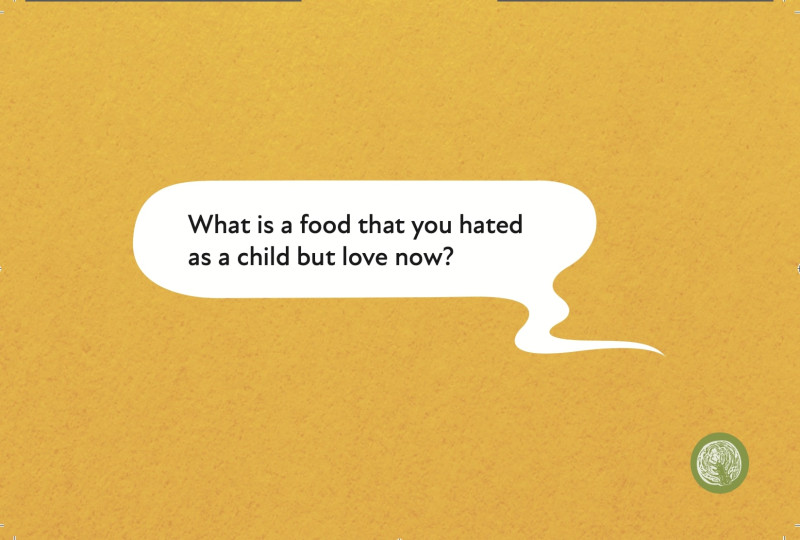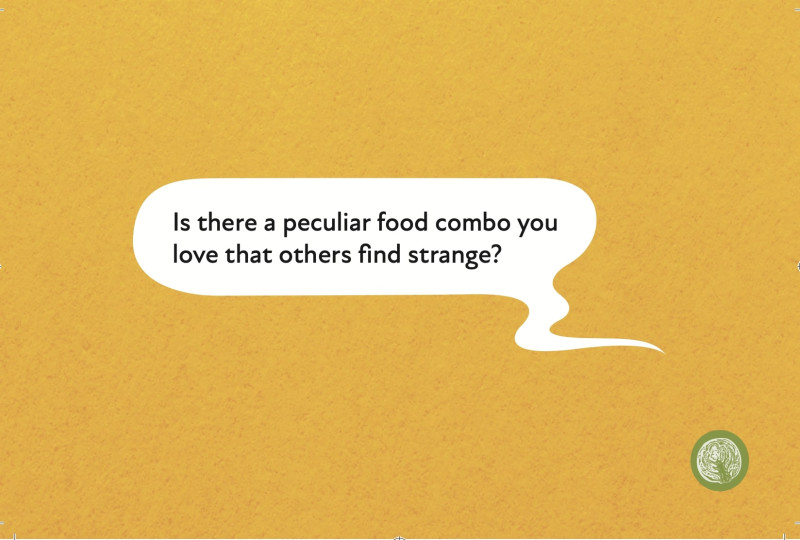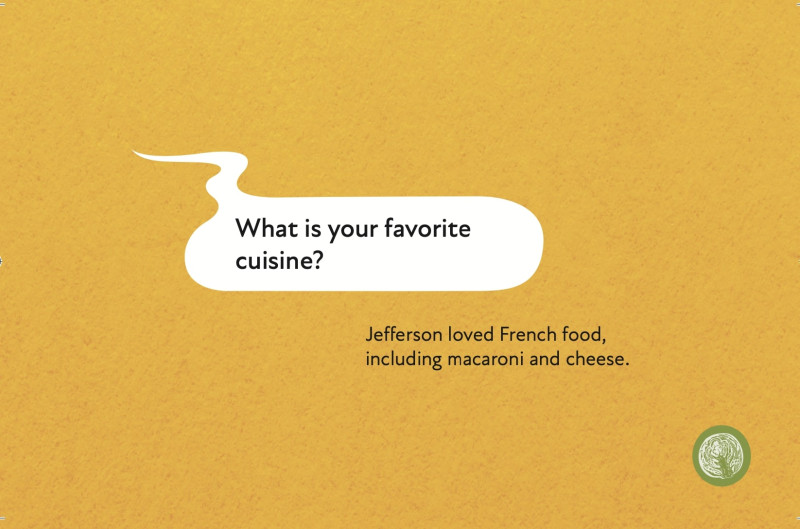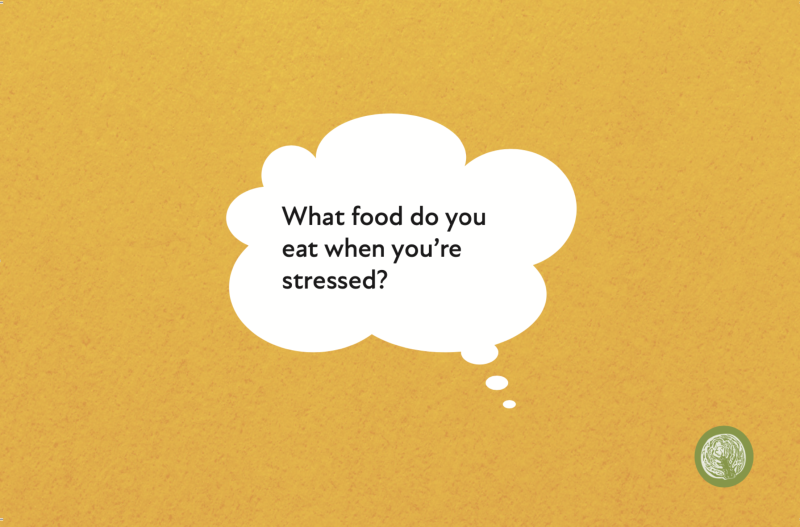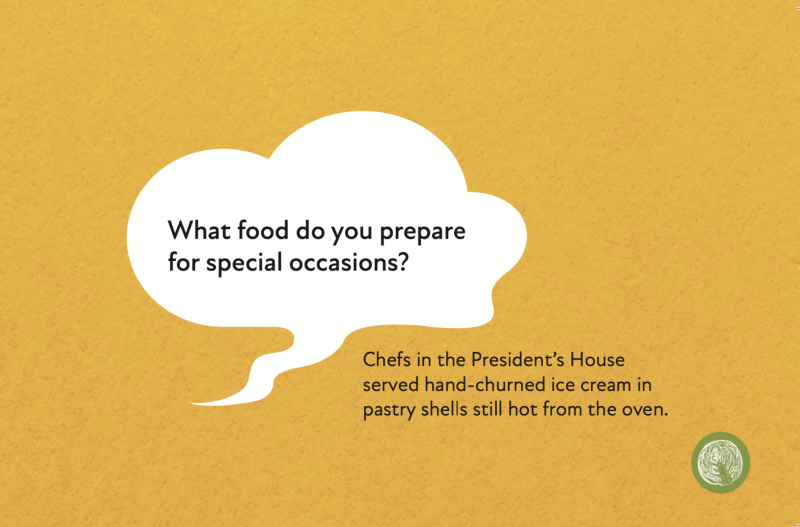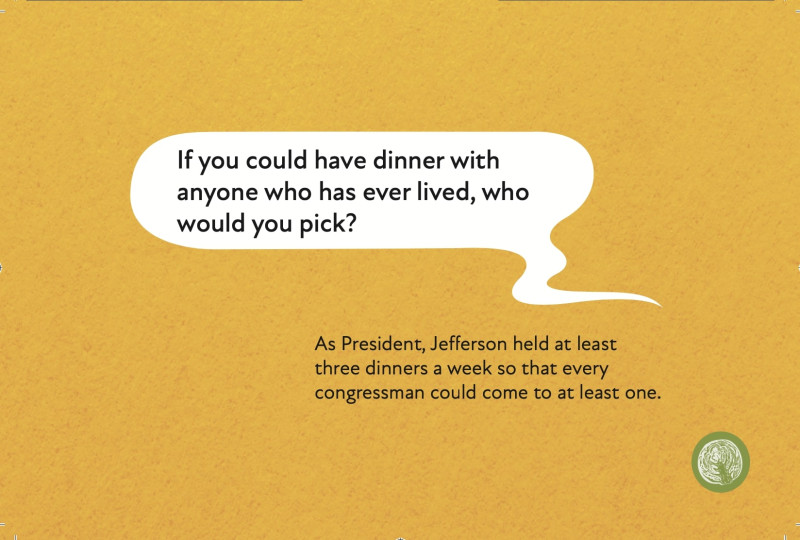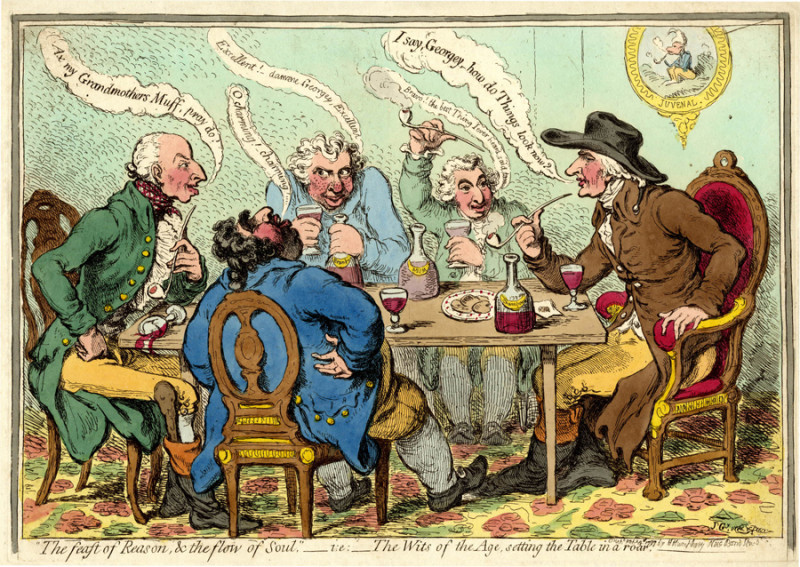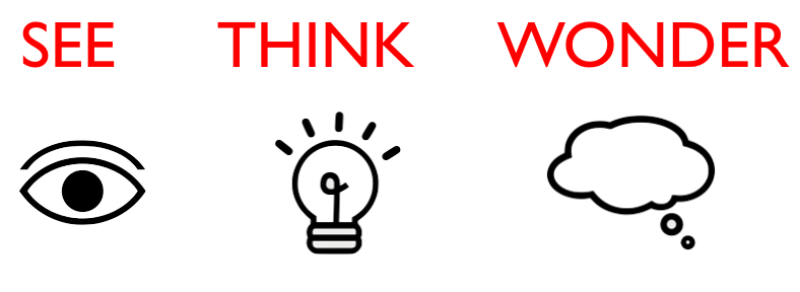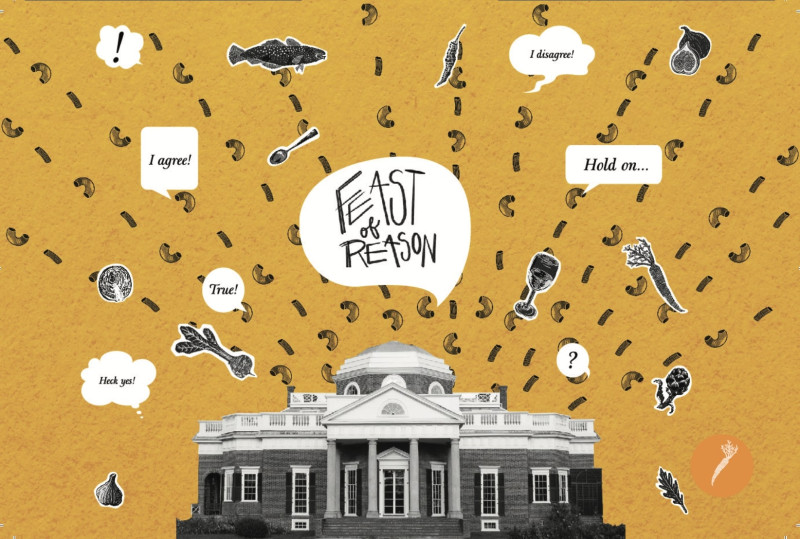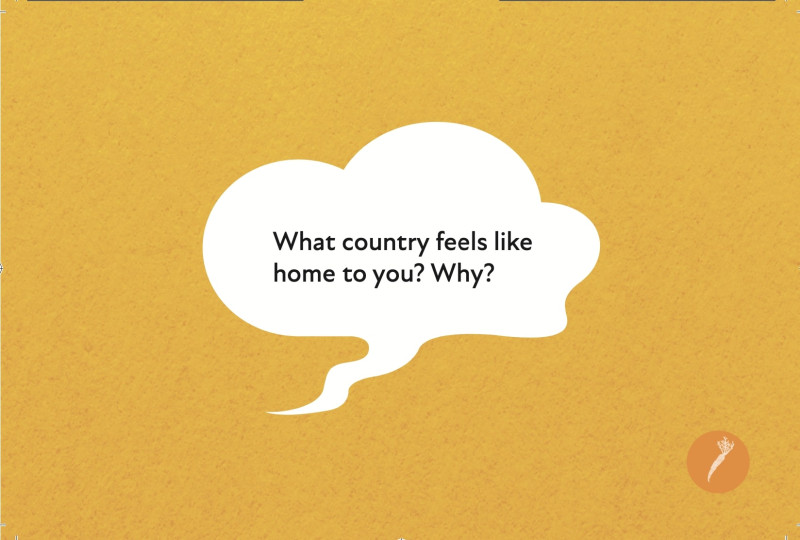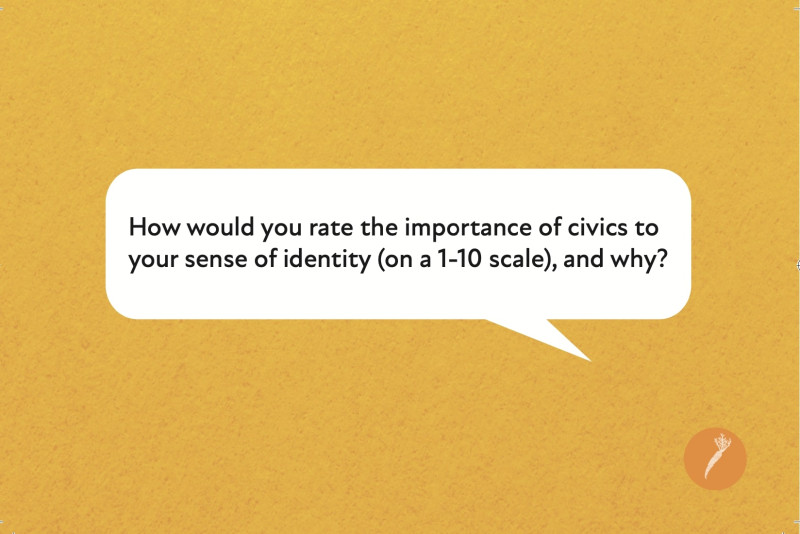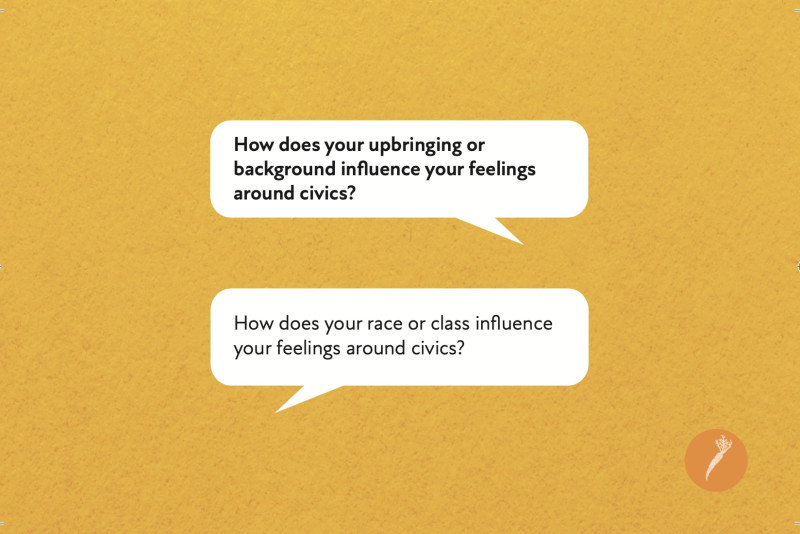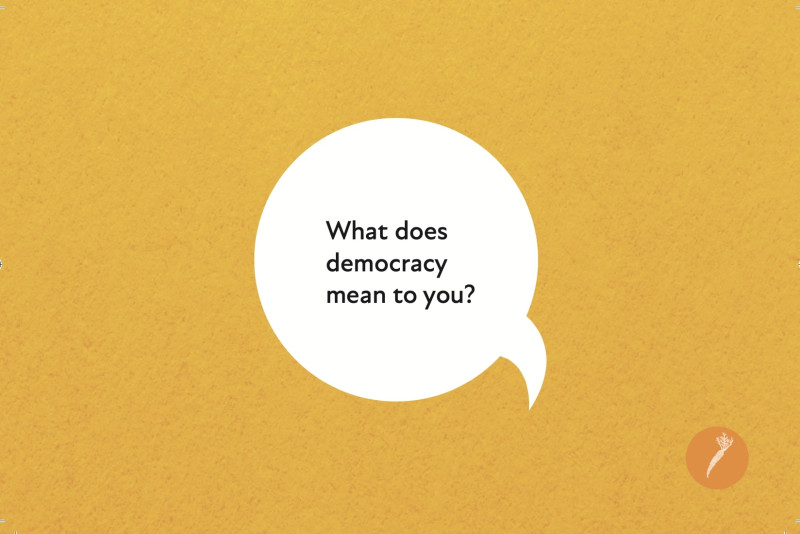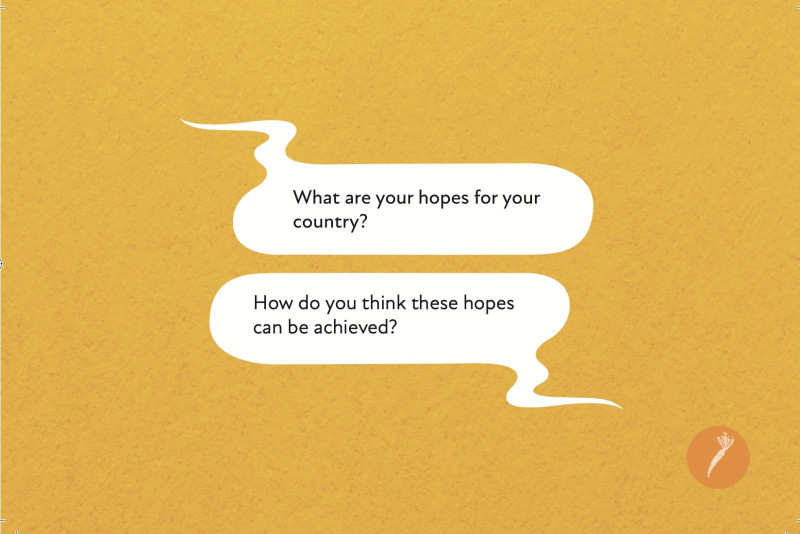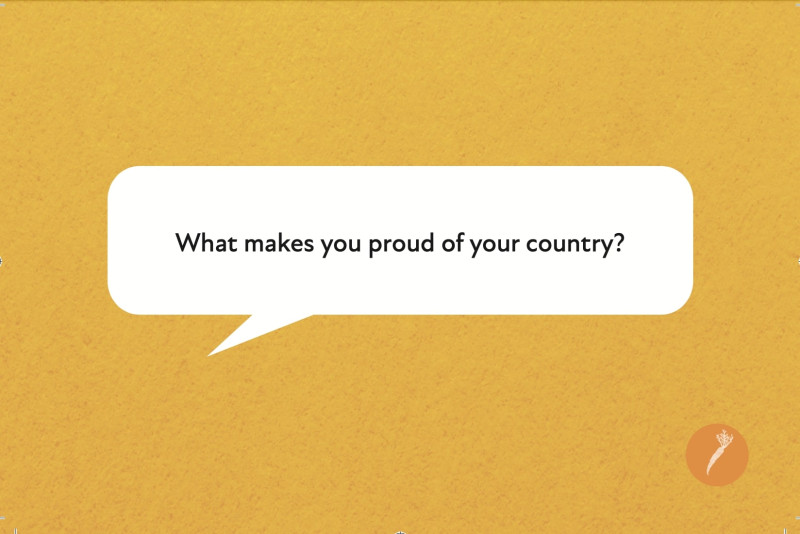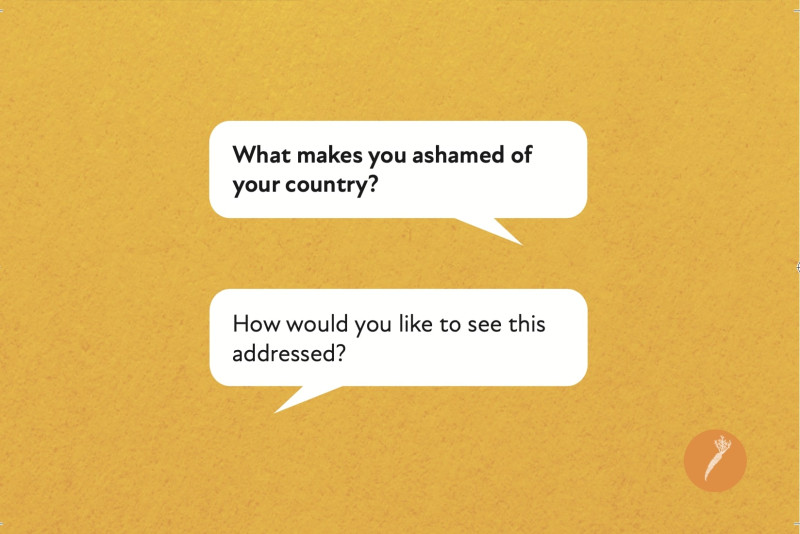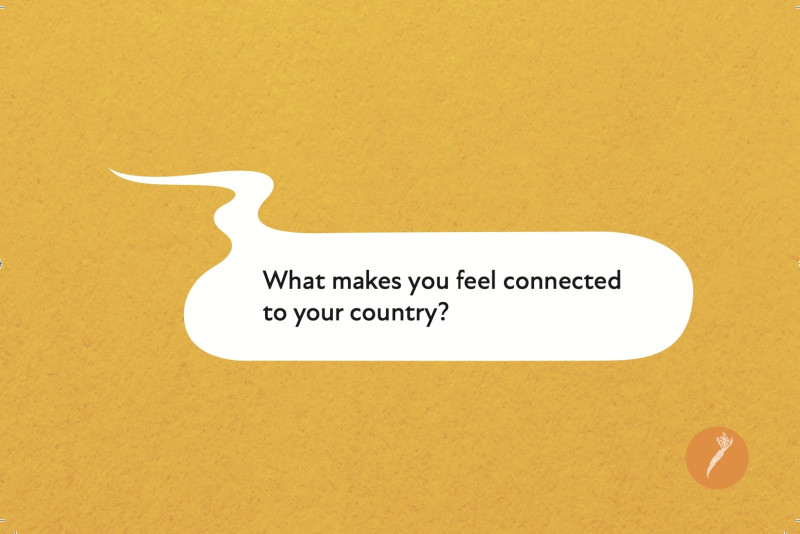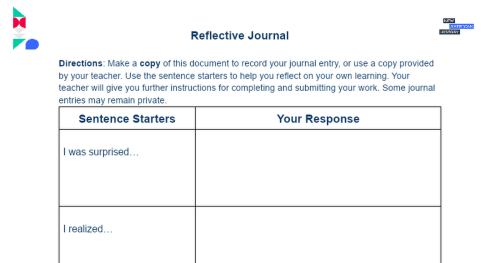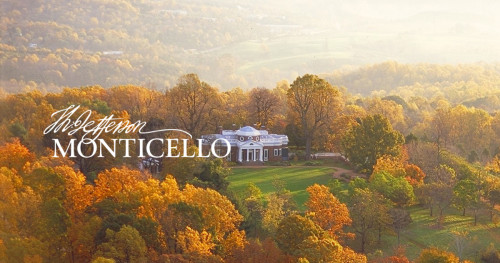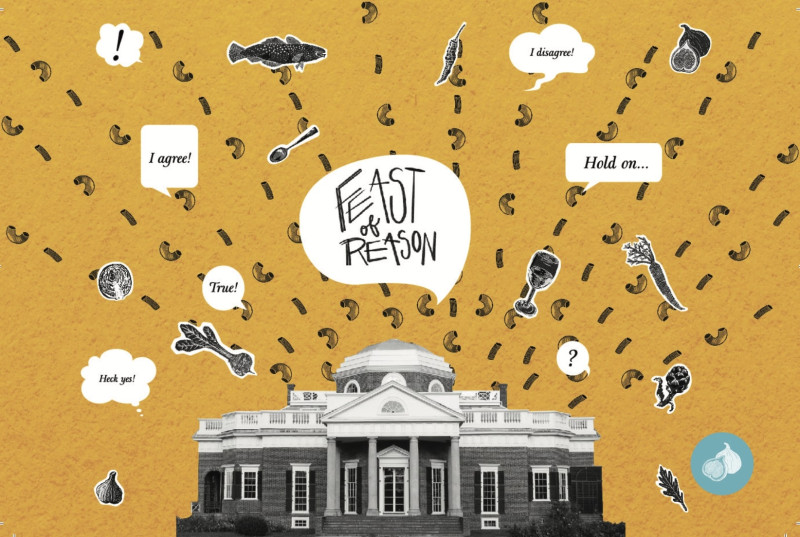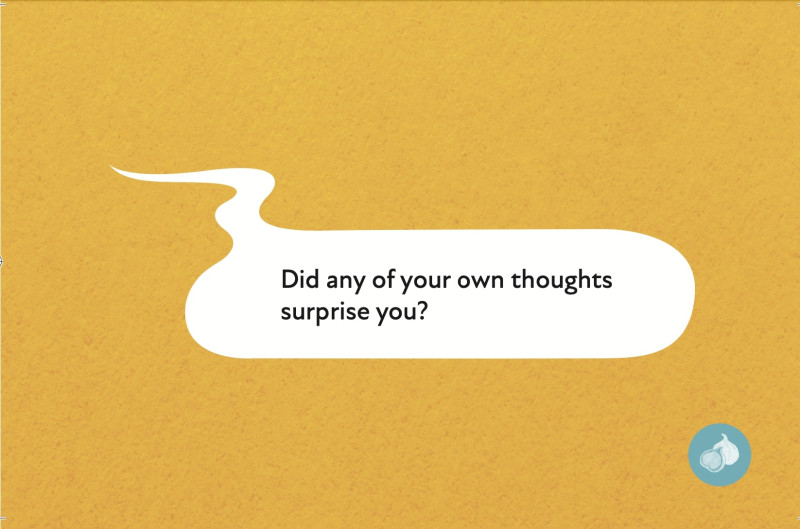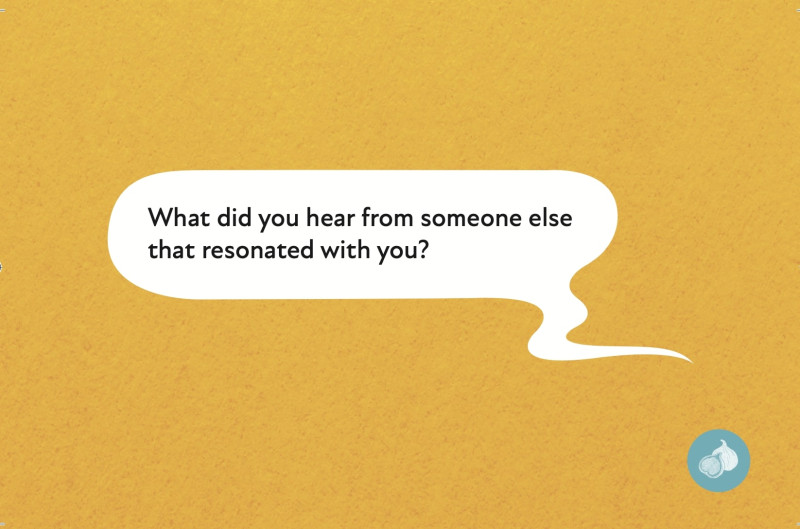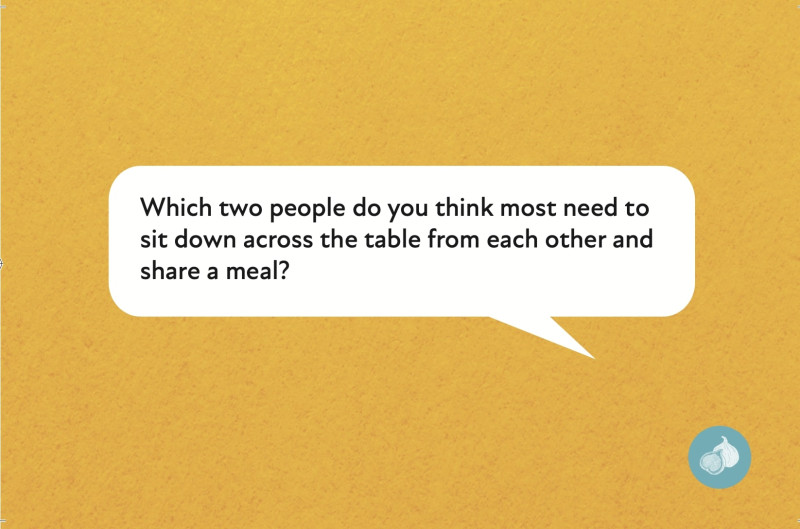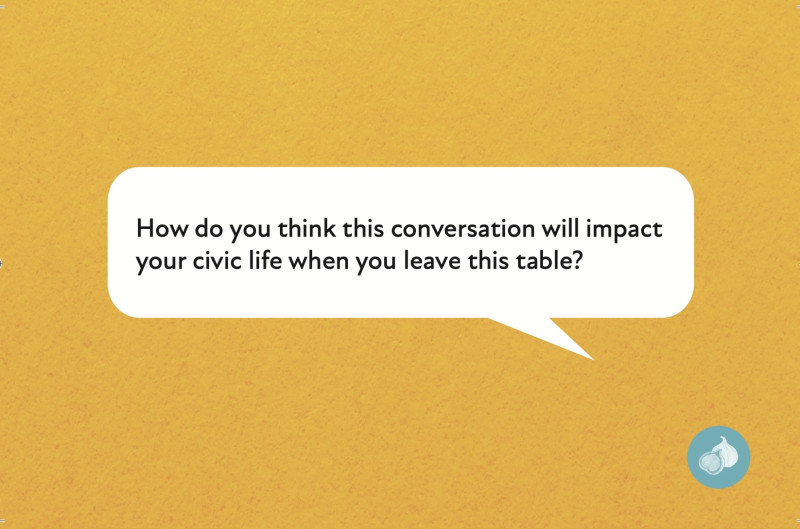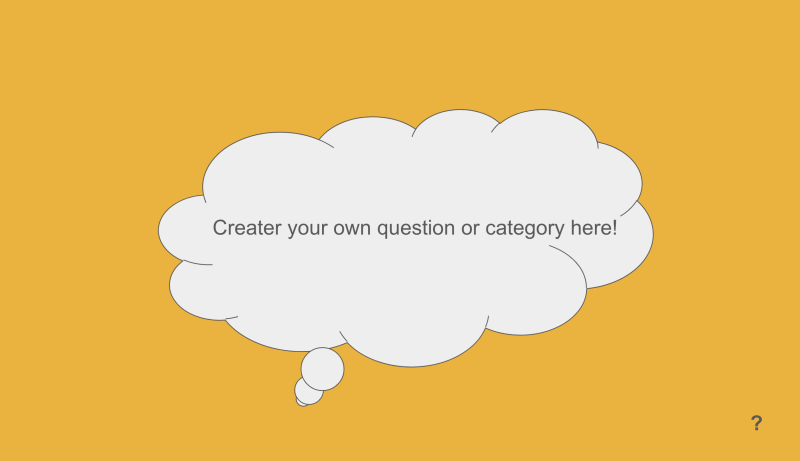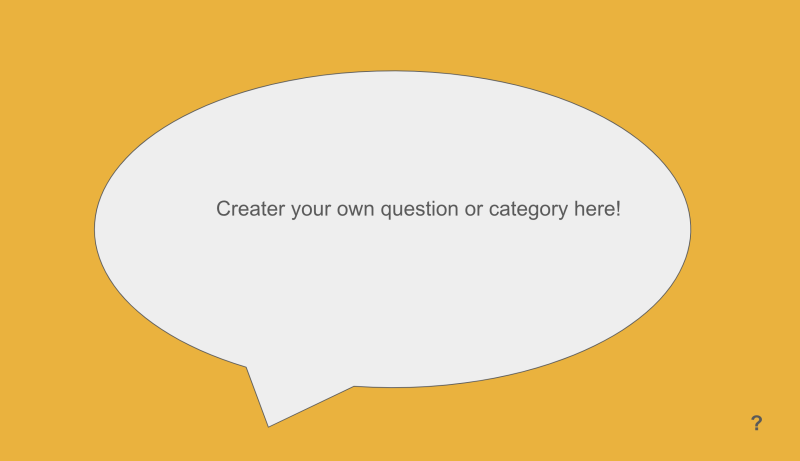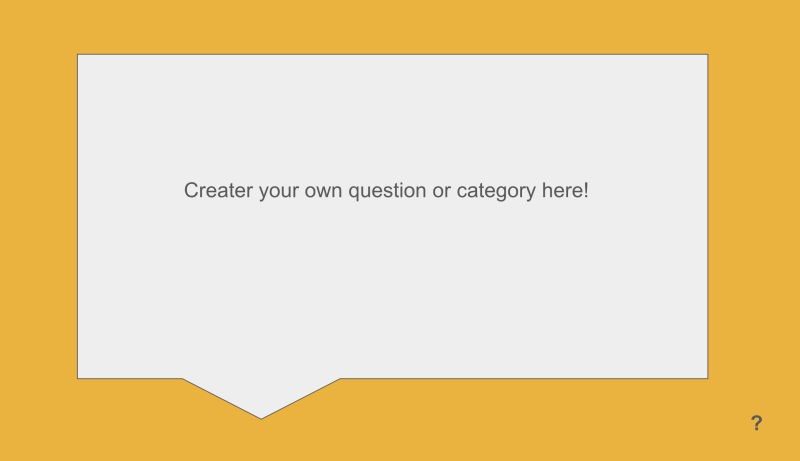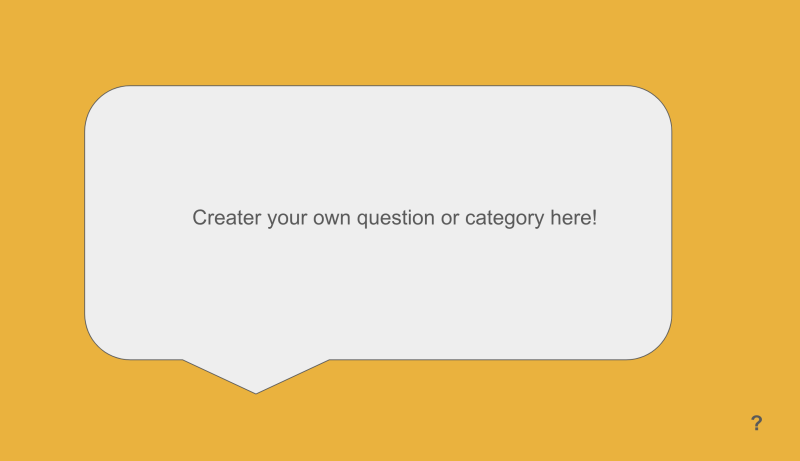This work by New American History is licensed under a Attribution-NonCommercial-ShareAlike 4.0 (CC BY-NC-SA 4.0) International License. Permissions beyond the scope of this license may be available at newamericanhistory.org.
Feast of Reason
View Student Version
Standards
C3 Framework: D2.Civ.1.6-8, D2.Civ.5.9-12
National Council for Social Studies: Culture, and individuals, Groups, and InstitutionsNational Geography Standards: Standard 6 How culture and experience influence people's perceptions of places and regions
EAD Roadmap:DESIGN CHALLENGES: Motivating Agency, Sustaining the Republic, Balancing the Concrete & the Abstract PRIMARY THEME: Our Changing Landscapes SECONDARY THEME: Our Changing Landscapes RELATED DRIVING QUESTIONS: HDQ1.3A When and where have leaders and change-makers emerged in American history? What has motivated them and prepared them for civic engagement? HDQ1.3C How has civic participation changed throughout American history? How has it stayed the same? CDQ1.3C How can I take advantage of digital tools for civic participation safely and productively?
Council for Accreditation of Educator Preparation (CAEP)Standard 1. Content and Pedagogical Knowledge. The provider ensures that candidates develop a deep understanding of the critical concepts and principles of their discipline and, by completion, are able to use discipline-specific practices flexibly to advance the learning of all students toward attainment of college-and career-readiness standards. Candidate Knowledge, Skills, and Professional Dispositions. 1.1 Candidates demonstrate an understanding of the 10 InTASC standards at the appropriate progression level(s) in the following categories: the learner and learning; content; instructional practice; and professional responsibility.
Teacher Tip: Think about what students should be able to KNOW, UNDERSTAND and DO at the conclusion of this learning experience. A brief exit pass or other formative assessment may be used to assess student understandings. Setting specific learning targets for the appropriate grade level and content area will increase student success.
Suggested Grade Levels: 6-16 (Upper Elementary, Middle, and High School, Post-Secondary)
Suggested Timeframe: 1-2 days, 45-90 minute classes or for informal groups, young adults, 90 minutes to 2 hours.
Suggested Materials: Internet access via laptop, tablet, or mobile device, printed copies of card deck if preferred, and refreshments for the activity to be completed as part of a meal with food and drink.
Key Vocabulary
Appetizer - a small amount of food or drink taken at the start of a meal to stimulate the appetite, including soup, a salad, or small finger foods
Backburner - to leave an issue for now, choosing to deal with it later because you now consider it to have become too heated, or distracting from the main point of a conversation
Civic - having to do with citizenship, the individual and communal actions through which we shape our shared future, from politics to society
Civil Discourse - participation in a conversation to increase understanding, possibly establishing a middle ground or finding ideas that we hold in common, rather than focusing on points of disagreement with others participating in the discussion
Cuisine - a type of food that is cooked in a specific way based on a culture's ingredients, region, and traditions
Entrée - the main dish of a meal, or at more formal meals, a small dish served before the main dish (a more European tradition)
Equity - the quality of fairness and justice. Equity is distinguished from equality. Equality means providing the same to all, while equity means recognizing that we do not all start from the same place and must acknowledge and make adjustments to imbalances
Feast of Reason - an intellectual or scholarly discussion, a phrase from the 18th-century poet Alexander Pope’s description of a polite and friendly conversation in Imitations of Horace: ‘The feast of reason and the flow of soul…”
Group Norms - guidelines for how a small team or group will interact and communicate respectfully
Juneteenth - the anniversary and celebration of the day, June 19, 1865, on which the end of slavery was announced in Texas by Union forces, now celebrated nationwide in commemoration of the true end of slavery in the United States
Pop-up - temporary and low-key setups that can pop up in various locations, characterized by their spontaneity and the use of unconventional spaces
Public Square - a public gathering place within a community, a shared space for community meetings
Reason - to think about and make a good judgment about a topic
Resonate - to produce a positive feeling, emotional response, or opinion
Sesh - slang, short for session, an informal or spontaneous gathering
Simmer - cooked below boiling, or be in a state of subdued or restrained activity, development, excitement, anger, to wait and let your emotions “simmer down” before acting out
Toast - to drink to the health or in honor of (someone or something) by raising one's glass together with others
Unconditional Positive Regard - a therapeutic approach to conflict and educational philosophy that all humans are a work in progress, and deserve to know they are cared for, have value, and do not need to seek approval or prove their worth, even when their words or deeds may not align with social norms of others around them
Read for Understanding
Teacher Tips:
Juneteenth. July 4th. The 250th anniversary of the United States in 2026. These celebrations are made by us – people joining together to acknowledge our past, strengthen our present and build our future, together. The goal of the Civic Season is to reach 75 million people in the United States by 2026 – the number of Gen Z Americans who will be of voting age. In partnership with the Smithsonian Institute’s Made by US coalition, hundreds of institutions and communities of all shapes and sizes are hosting events, inviting dialogue, and making space for “we the people” to write the next chapter of the United States. What role will you play?
When the 4th annual Civic Season kicks off in June 2024, you can explore a multitude of offerings and activities filtered by topic, location, and format, designed to support your personal exploration into history and democracy. A “choose your adventure” experience from Flag Day to Juneteenth to July 4th, and beyond. Virtual offerings for those living in remote areas or with limited access to participating museums and organizations are ways for everyone to participate.
This year, New American History is teaming up with the Thomas Jefferson Foundation to digitize and make accessible their popular civil discourse-themed dinner party card deck to bring into your own classrooms, dining rooms, and backyard BBQs or other social gatherings. We hope schools will introduce students to a Feast of Reason and the Civic Season before the end of the school year and encourage them to participate with their friends and family. Some schools may choose to integrate the events and activities into their summer learning programs. We also encourage faith-based organizations, scout troops, summer camps, and other youth-focused programs to join in the fun! Please help us spread the word! #CivicSeason2024
If you are teaching a summer program or joining the Civic Season remotely, consider using this digital version of a Feast of Reason and join other classes or civic groups via video conferencing. You may choose to use breakout rooms to allow students to participate in small groups or with friends and family members both near and far away. Digital tools such as Google Docs and Google Slides are used for collaboration.
A Print Your Own card deck with instructions is also included for folks who want to unplug and enjoy the conversation sans devices. If younger students or family members are participating, consider using the Kid’s Table cards near the end of the deck. If your group includes members who are new to our country or do not speak English as their first language, you may choose to adapt some of these questions for them to participate as well fully. The “Backburner” cards (slides 54-58) may be used at the discretion of the teacher or group leader to steer the conversation back to a more civil tone if the discussion gets too heated. We also suggest establishing some Group Norms before you begin. Consider framing the concept of unconditional positive regard in the norming process, creating a safe space for students to share opinions that may not be popular or aligned with others in the group . This is not a “free pass” for bad behavior, words, or deeds, but rather a safe space for personal growth, reflection, and development. This provides a pathway for learning about and understanding cultural, political, and faith-based differences within a community..
The Civic Season Design Fellows added a few blank question cards for you to create your own questions or categories, too! Check out our other learning resources, including past offerings from New American HIstory designed for the Civic Season, in our learning resources library.
A political cartoon is used to illustrate a line from a British poet, Alexander Pope, who influenced writers and thinkers in the founding era, including Thomas Jefferson.
This Learning Resource follows a variation of the 5Es instructional model, and each section may be taught as a separate learning experience, or as part of a sequence of learning experiences. We provide each of our Learning Resources in multiple formats, including web-based and an editable Google Doc for educators to teach and adapt selected learning experiences as they best suit the needs of your students and local curriculum. You may also wish to embed or remix them into a playlist for students working remotely or independently. We encourage you to have students share with their own families and circle of friends, to keep the conversations going!
Read for Understanding (for students)
Juneteenth. July 4th. The 250th anniversary of the United States in 2026. These celebrations are made by us – people joining together to acknowledge our past, strengthen our present and build our future, together. Our goal is to reach 75 million people in the United States by 2026 – the number of Gen Z Americans who will be of voting age. In partnership with the Smithsonian Institute’s Made by Us coalition, hundreds of institutions and communities of all shapes and sizes are hosting events, inviting dialogue, and making space for “we the people” to write the next chapter of the United States.
This year, New American History is teaming up with the Thomas Jefferson Foundation to digitize and make accessible their popular civil discourse-themed dinner party card deck to bring into your own classrooms, dining rooms, and backyard BBQs or other social gatherings.
When the Civic Season kicks off in June 2024, you can explore a multitude of offerings and activities filtered by topic, location, and format, designed to support your personal exploration into history and democracy.
What role will you play?
Engage:
How might we take a cue from Thomas Jefferson’s playbook, and host a Feast of Reason gathering to promote civil discourse in the modern era?
Conversations about society, politics, and community shape life in the United States. Thomas Jefferson understood this and hosted dinners known for stunning food and sparking conversation.
In the spirit of Jeffersonian dinners, which were known for great food and conversation, the Thomas Jefferson Foundation created a card game to promote civil discourse, a respectful form of civic discussion. It's called a "Feast of Reason," and is designed to help you navigate the strong opinions so many of us hold about civic issues in a fun and engaging way - helping make breaking bread an event that will once again bring us closer together.
This year, New American History teamed up with our neighbors at Thomas Jefferson’s Monticello to digitize the Feast of Reason card game and expand it to reach a larger audience across a variety of ages and zip codes. You can follow in this American tradition by hosting your own Feast of Reason with any combination of food and guests.
Inside the deck of cards, you’ll find prompts and questions to hold an engaging civic conversation with friends or family. Enjoy this discussion over takeout, a backyard BBQ, a late-night dorm sesh or campus pop-up, or a family gathering with a home-cooked meal. You can even try your hand at historic recipes from the Monticello kitchen!
Begin your planning by answering a few simple questions:
- Will we host an in-person (indoors/outdoors) or virtual event?
- Will this be a public or private event? A large group or a small gathering of family and friends?
- Who will be included on our guest list? (Hint: the more diverse perspectives, including guests from different ages, backgrounds, and life experiences, the livelier the conversation!)
- How will we publicize the event or send invitations?
- What kind of food will we serve, and who will prepare or order it?
- Will we use the digital slides or print paper copies of the card deck?
(Note: Google Slidedeck images will be indicated throughout these learning resources by their corresponding slide numbers in parenthesis, or you may view them in the image galleries directly on the New American History website.)
From the beginning, the United States has been a work in progress, shaped by the many people who pitched in to help us live up to the ideals in the Declaration of Independence. Your conversations are part of that story! Once you organize your event, you are ready to dig in and start talking.
Your teacher or group leader may ask you to record your answers on an exit ticket.
Explore:
To foster a sense of community, what steps might you take to establish group norms and begin a civil conversation?
Before you begin the conversation, your teacher or group leader will divide a larger class or group into smaller groups. An ideal group size is no more than 7-8, but the activity may still be completed with a smaller group of 4-5 members. At Monticello, the first Feast of Reason event had almost 100 people!
Take a few minutes to review the ground rules for the discussion by setting some group norms. These might include simple directions like “taking turns,” “equity of voice” or “(everyone gets a turn before someone speaks a second or third time on any one question.)
🗣️ 👥
Explain how the conversation will flow using the “Let’s Talk,” and “How it Works” (slides 2-3) or print a paper version.
Use the Google slides or gallery of images below to view these cards. The blue arrows on each side of the image help you scroll through the images on the screen.
Divide the remainder of the cards between the group members, including the Toast, Appetizer, Entrée, and Dessert cards as directed on slide 3. If younger students, family members, or friends are participating, consider using the “Kid’s Table” cards (slides 59-60) near the end of the deck.
Your teacher or group leader also has a few Backburner cards (slides 54-58) in case you need to take a breather or steer the conversation back on track. We also dropped some vocabulary hints into the slide deck using the presenter note features below some of the slides.
Remember to use the blue arrows on each side of the images below to help you scroll through each one on the screen.
Begin now with the Toast cards, (slides 4-7) indicated by the yellow drinking glass icon, which serve as an icebreaker or getting-to-know-you round of questions. There are three toast cards, and these questions may be asked either by the teacher, group leader, or volunteers from the group.
Begin the conversation by raising your glasses and toasting one another, using each of the 3 toast cards provided. Give time for each person to contribute an answer to each of the three questions.
Continue on now with the Appetizer questions. These are indicated on the cards with a small green cabbage icon (slides 8-17). There are a total of nine appetizer cares, so make sure each group member has at least one and has an opportunity to ask the question, then give everyone in the group a chance to answer before someone asks the next questions. These questions are designed to continue the flow of the conversation as the group becomes more comfortable talking and sharing their ideas and perspectives.
Your teacher may ask you to record your group norms or reflections on the activity thus far on an exit ticket.
Explain:
Can we bridge the political divide and find common ground by taking time to listen to others?
18th-century British poet Alexander Pope used the line “The feast of reason and the flow of soul” in his poem, Imitations of Horace, Second Book, borrowing the “flow of soul” from Shakespeare’s “Hamlet.” The poem was later translated into a political cartoon, commenting on the divisive politics of the era.
Take a moment with the group to study and discuss the image as you finish your appetizers and move on to your main course.
- What do you see?
- What does it make you think about?
- What does it make you wonder about, or what questions do you still have about the image?
- Where might you look for answers to your questions?
Once you finish the Toast and Appetizer rounds of your Feast of Reason celebration, it is time for the Entrée or main dish of the discussion. In this round, each member of the group should have several cards with a yellow carrot icon (slides 18-47). We add the first few here in the image gallery below.
The majority of the conversation will focus on this round of questions. You may not have time to answer all of the questions, and some members of the group may choose not to participate in answering every question. Remember, the teacher or group leader has a few Backburner cards they may use if the conversation becomes too intense. Group norms may also be referred to as the conversation flows. The most important skill one will need for this round is to listen to each other and give everyone a chance to answer the questions. This is a good time to exercise close listening skills. You may not always agree with other group members’ perspectives, and it is expected that occasionally group members may try to “agree to disagree,” and be respectful to others who do not share the same beliefs.
Your teacher or group leader may ask you to record your answers to one or more questions in a reflective journal as an exit ticket.
Elaborate:
How does our thinking change about our classmates, friends, and neighbors when we share a meal and have honest conversations as a community?
We hope you saved time for something sweet as your Feast of Reason will soon come to an end. President Jefferson was fond of serving ice cream at Monticello.
Locate the five Dessert cards, with a blue fig icon (slides 48-53), and share each question allowing time for each group member to answer as a final round of your discussion.
These questions are designed to help you reflect on the connections you made with others in your class, group, or community.
Upon completion of the dessert round of the discussion, take a moment to turn and talk to one other group member, completing this sentence: " I used to think ______, but now I think ______."
Your teacher may ask you to record your answers on the graphic organizer as an exit ticket.
Extend:
How might you keep the spirit of the Feast of Reason going past the end of this discussion?
While participating in the Feast of Reason discussion, you have had an opportunity to enjoy a meal and a spirited conversation with members of your class, organization, or community. How might you look for opportunities to extend your connection to the group, or continue to polish your own listening and speaking skills?
The Civic Season Design Fellows suggested we add a few blank question cards for you to create your own questions or categories, too! (Slides 61-64) Be sure to add your question and assign it to one of the courses in the meal (toast, appetizer, entrée, dessert, etc.) We also include some extra blank slides at the end of the deck for you to image different question types (audio/video/image analysis, etc).
We would love to see what you create! Feel free to send us pictures of your celebration and the new questions you created, or tag us and our friends at Monticello using social media. If you are younger, you may ask your teacher, group leader, or other trusted adult to share it with us via email: editor@newamerianhistory.org.
Check out our other learning resources, including past offerings from New American HIstory designed for the Civic Season, in our learning resources library.
Your teacher may ask you to record your answers on an exit ticket.
Citations:
Balderson, Laura-Michal (content) and Madeline Rhondeau (design). 2021. Feast of Reason – Dinner Kit. Thomas Jefferson Foundation, supported by The New York Community Trust – The Peter G. Peterson Fund. https://creativecommons.org/licenses/by-nc-sa/4.0/
Byrd, Max. “Thomas Jefferson and Great Britain in Peace and War.” Thomas Jefferson and Great Britain in Peace and War, January 1, 1998. https://books.openedition.org/psn/3812?lang=en.
“Dinner Is Served.” Monticello. Accessed April 7, 2024. https://www.monticello.org/thomas-jefferson/a-day-in-the-life-of-jefferson/dinner-is-served/
Gilray, James. “The Hand-Writing upon the Wall.” Wikimedia Commons, May 6, 2020. https://commons.wikimedia.org/wiki/File:The_Hand-Writing_upon_the_Wall._(BM_1851,0901.1124).jpg.
Gonzalez, Jennifer. “Nothing’s Going to Change My Mind: How Unconditional Positive Regard Transforms Classrooms.” Cult of Pedagogy, December 17, 2023. https://www.cultofpedagogy.com/unconditional-positive-regard/.
Hutchings, William. “The First Satire of the Second Book of Horace Imitated.” “Wit’s Wild Dancing Light” - 16. The First Satire of the Second Book of Horace Imitated, 2023. https://books.openbookpublishers.com/10.11647/obp.0372/chapter-16.xhtml.
“Ice Cream.” Monticello. Accessed April 7, 2024. https://www.monticello.org/research-education/thomas-jefferson-encyclopedia/ice-cream/.
Minero, Emelina. “Group Work That Works.” Edutopia, January 11, 2019. https://www.edutopia.org/article/group-work-works/.
“The Civic Season: Juneteenth - July 4th, 2024.” Made By Us. Made By US, 2024. https://historymadebyus.com/civicseason.
View this Learning Resource as a Google Doc.


